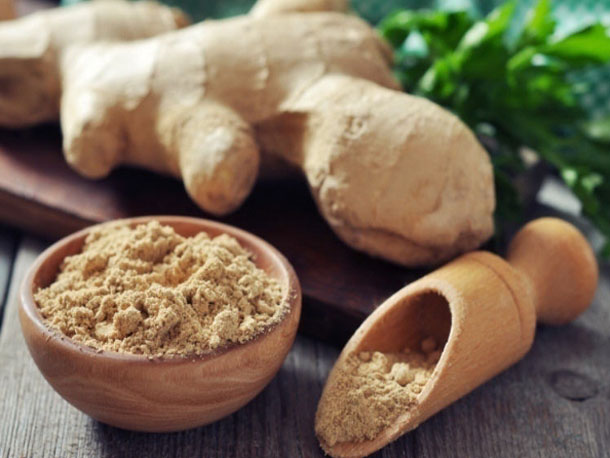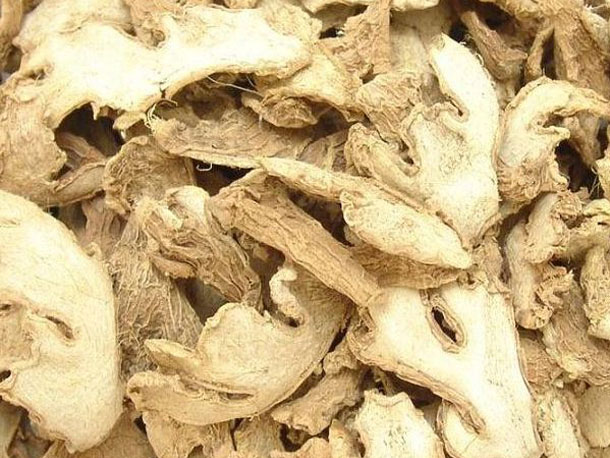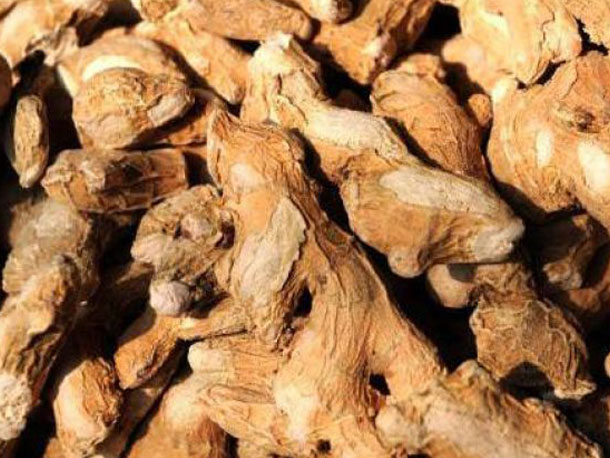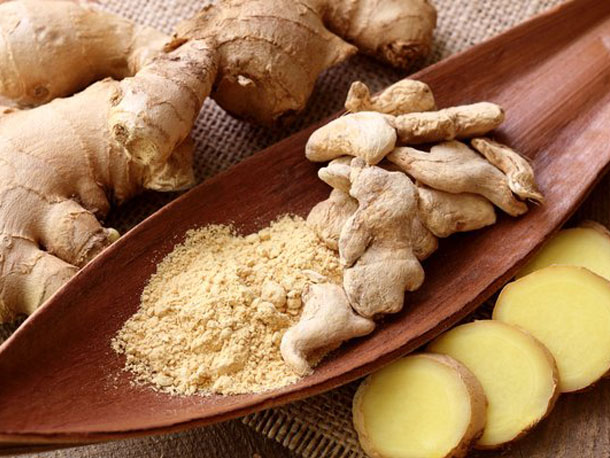Analysis: ginger buyers hesitant in uncertain market
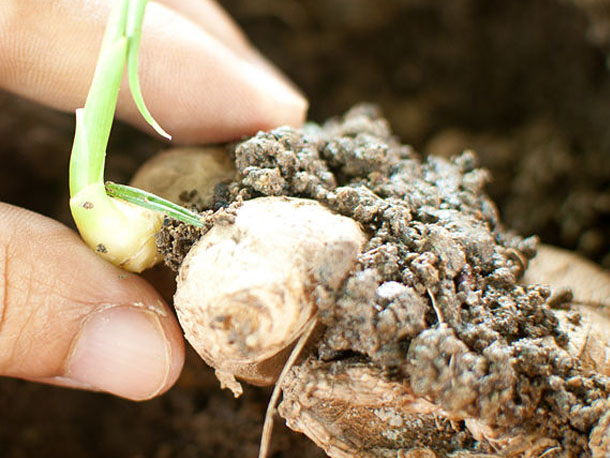
In the meantime, market participants are eagerly looking for as much early indication as they can obtain.
China is seen as a key determinant of the potential price developments in Nigerian dried ginger over the coming months.
A spokesman at Hong Kong based Regency Spices told that Chinese dried ginger prices had been soft over the last month due to an anticipated big crop.
The spokesman explained that he was unable to predict crop tonnage as such but selling pressure is unusually strong this year, which supports the view that the crop is large.
Priority on fresh
It has to be borne in mind that most of China’s ginger production is consumed as fresh. “Chinese food and recipes usually require fresh ginger as ingredient, not ginger powder. As such, the market price for ginger is dictated by local demand/supply. The impact of overseas factors is usually insignificant,” the spokesman remarked.
In addition, the markets and operators for ginger, star aniseeds and cassia overlap to some extent in China. “If a stockist expects price falls in ginger but rises in star aniseeds, he will dispose of ginger, and buy star aniseeds. Such expectations exaggerate falls/rises in markets. And that’s what is happening now in these two items – ginger is going down, and star aniseeds going up – both more sharply than they should,” the spokesman added.
Ting Zhu of Lianyungang Yuda Food Company said his firm had purchased 500 tonnes of fresh ginger from the market in Shandong Province. “Fresh ginger is quite cheap this year,” he said, citing prices equating to about GBP0.10 (USD0.15) per kilo.
Contrasting with this, dried ginger is not cheap this year, according to Zhu. Fresh ginger has a quite high moisture level, so 1 kg of dried ginger flake is made from 18-20 kg of fresh ginger. In addition, labour costs have become increasingly high each year. Moreover, Chinese tightened environmental policy has resulted in the closure of lots of small factories and big factories have invested heavily in pollution water treatment, which has caused production costs to increase. Finally, the large factories normally have advanced facilities, depreciation is high and administration fees are also lofty.
Zhu indicated dried ginger flake prices of USD2,700 per tonne fob Lianyungang and ginger powder at USD3,000/tonne fob Lianyungang.
He confirmed that both these price quotes were for product of low sulphur dioxide (SO2).
Zhu added: “Old production lines cause high SO2 because burning coal fire wind goes to the product directly. Modern production lines use hot steam to dry the goods and this can avoid the SO2 problem.”
He explained further that premium quality ginger flake of low SO2 on a c&f Felixstowe basis would be around USD3,500/tonne.
One UK trader recalled that on October 28 he had seen offers on low SO2 Chinese air dried ginger flakes at USD4,600 per tonne c&f Europe.
Similarly, Coutts said the last price he had heard of from China was at USD4,500/tonne c&f for low SO2 dried flakes.
However, on November 16, Marco Van der Does of AVS Spice Brokers was able to give an up to date price reference on Chinese split dried ginger of low SO2 levels.
Van der Does said: “Last week we traded USD3,450 per tonne c&f Europe, prompt shipment, for Chinese split ginger of low SO2.”
This example from Van der Does would appear to lend support to the claims from China that low SO2 ginger flakes would currently be around USD3,500/tonne.
It is also possible that the higher indications of USD4,500-4,600/ tonne c&f from other European dealers are merely reflective of the fact that these related to a few weeks ago before any actual price declines took effect.
Either way, Zhu responded that he still considered USD4,600/tonne c&f as too high “for a big carton package, such as 15 kg per carton”.
European spice dealers suspect that any downward pricing potential in Chinese dried ginger over the coming weeks it is likely to be most pronounced in the high S02 material, which is not suitable for sale into Europe anyway.
Robert Brandler of UK trader Tillbrook Products is not expecting much of a decline in Chinese dried ginger prices as most of China’s ginger farmers are preferring to sell the ginger in fresh form.
“All they are selling now is old crop, which they can’t get rid of, such as high S02 ginger,” he remarked.
Late rains in Nigeria
In Nigeria, rains arrived late.
“We don’t know if the crop is going to be affected by late planting, because ginger needs eight months to grow,” Brandler said.
Harvesting is expected to start at the end of this month and first new crop price quotes should emerge in December.
“People will probably harvest ginger late in Nigeria because with plantings two months late the rhizomes won’t be well developed to they’ll want to keep them in the ground as long as possible in the hope that they will grow a bit,” Brandler said.
He recalled that most farmers planted in June instead of the usual start in April because this year the rains did not arrive until June. “When the rains came they were good, but ginger is not really negotiable: it needs eight months to grow from planting to harvesting,” Brandler explained.
Some sources are speculating that a good quantity was planted so even if there are smaller pieces of ginger for each farmer, the overall quantity will be more because a lot of people planted as the prices were favourable.
Contrasting with this there is a view that some farmers will assess their ginger next month and see that it is not well developed so they will leave it in the ground on the basis that ginger can be harvested up to 18 months after planting. This would mean delaying harvesting until late 2016. Typically, the more affluent farmers leave their ginger for two years.
Brandler said he expects some Nigerian farmers to take the latter stance.
He predicted that Nigerian dried ginger prices will follow international demand. Hence, if Chinese prices look set to be firm, Nigerian values are likely to increase.
One Rotterdam spice trader said his contacts were forecasting a reasonable crop overall in Nigeria, but in view of quite limited stocks in consuming countries, prices are not expected to show any rapid declines. “So any price correction will probably not be before February next year,” he suggested.
Blair Coutts of UK trader Blair Impex said the most recent price indication he had seen on Nigerian old crop dried ginger was USD3,200 per tonne fot Rotterdam. He added that there were hints that new crop offers would be at lower levels than this, although this had yet to be seen.
The Rotterdam trader said he had seen levels of USD2,900-3,000/tonne c&f Europe on old crop Nigerian dried ginger.
Coutts said there is minimal old crop carry-over left in Nigeria.
New crop material from Jamaica will become available from February/March. Most of the Jamaican material is consumed on the domestic market, but the main export markets include the US and Japan.
The UK trader said this summer he had received price offers on Jamaican sliced dehydrated ginger at around USD4,300 per tonne c&f. This was massively down from 2014 prices of around USD6,500/tonne c&f, he recalled.
Harvesting of the fresh ginger usually starts by the end of December, subject to the rainy season having ended by then.
Positive outlook in India
In India, recent reports have said prices are falling on an expected very large new crop in early 2016.
This was confirmed by the Rotterdam trader who said his contacts were projecting a 5,000 tonne boost in total output of dried ginger to 30,000 tonnes.
“Of course the consumption is also growing in India itself, so it will not have a big impact on the market,” he remarked.
The Rotterdam trader explained that he had seen USD200-250 per tonne price falls in Indian dried ginger over the last month or so.
Whole Indian ginger of European grade would currently be around USD2,900 per tonne c&f main European ports, he noted.
The consensus that India is set for a good crop then will have minimal, if any impact on the global dried ginger market.
The other elements at this stage remain a little uncertain with the actual outcomes of crops in Nigeria and China, for example, yet to be determined fully. More crucially, there is the usual degree of uncertainty over pricing direction, and, on this occasion, degrees of confusion over the realities of pricing on Chinese material.
Hence, for the time being, many international buyers will be holding back from making any major moves and the global scenario should become clearer into the first quarter of 2016.

